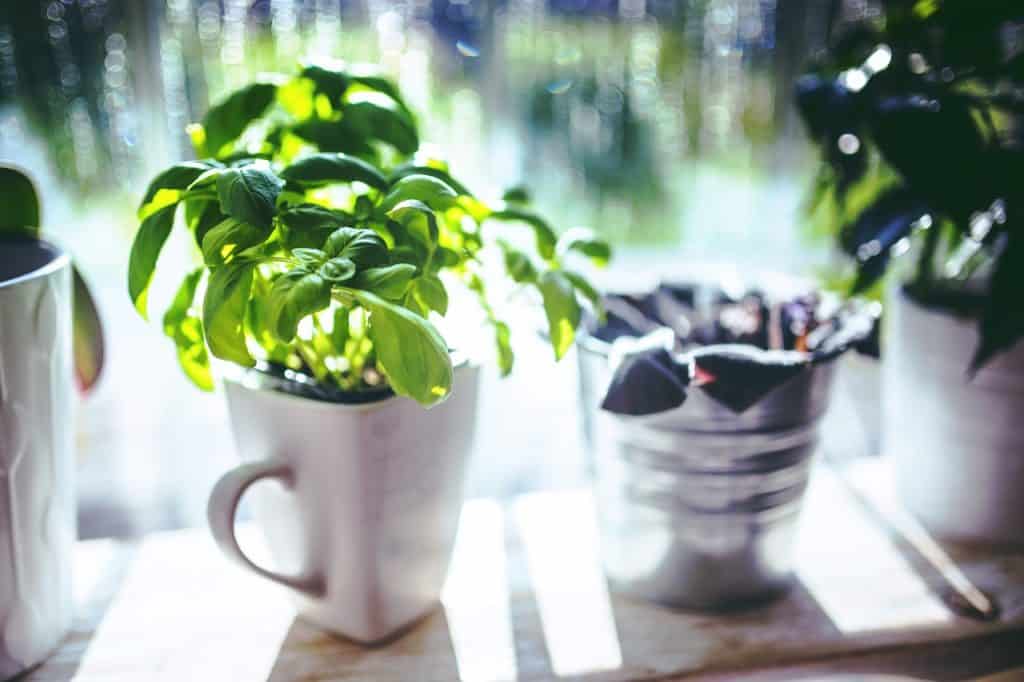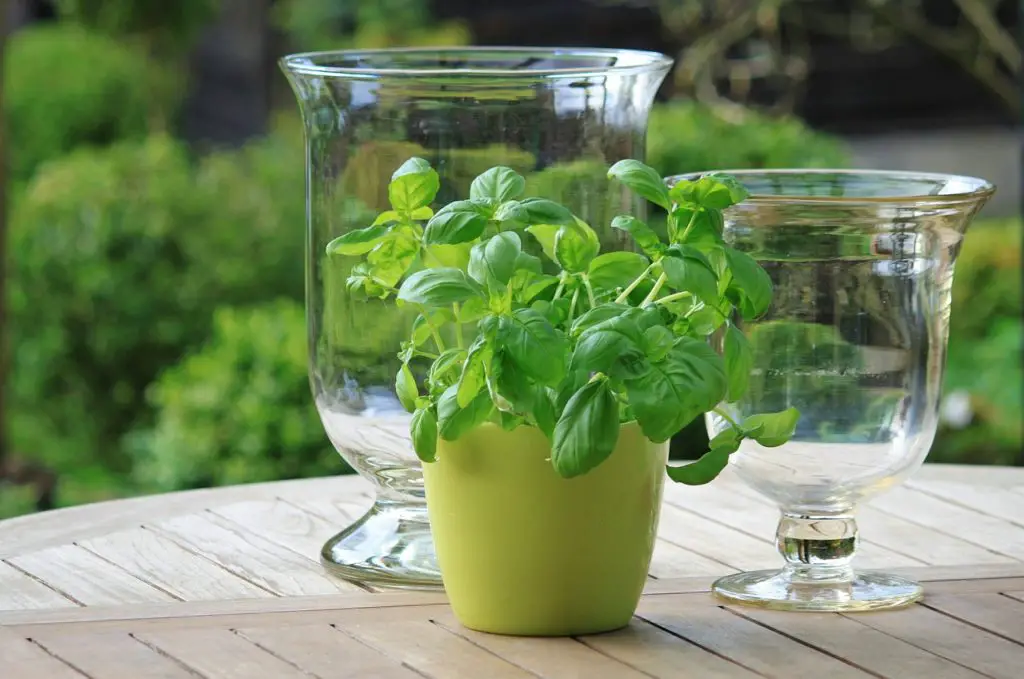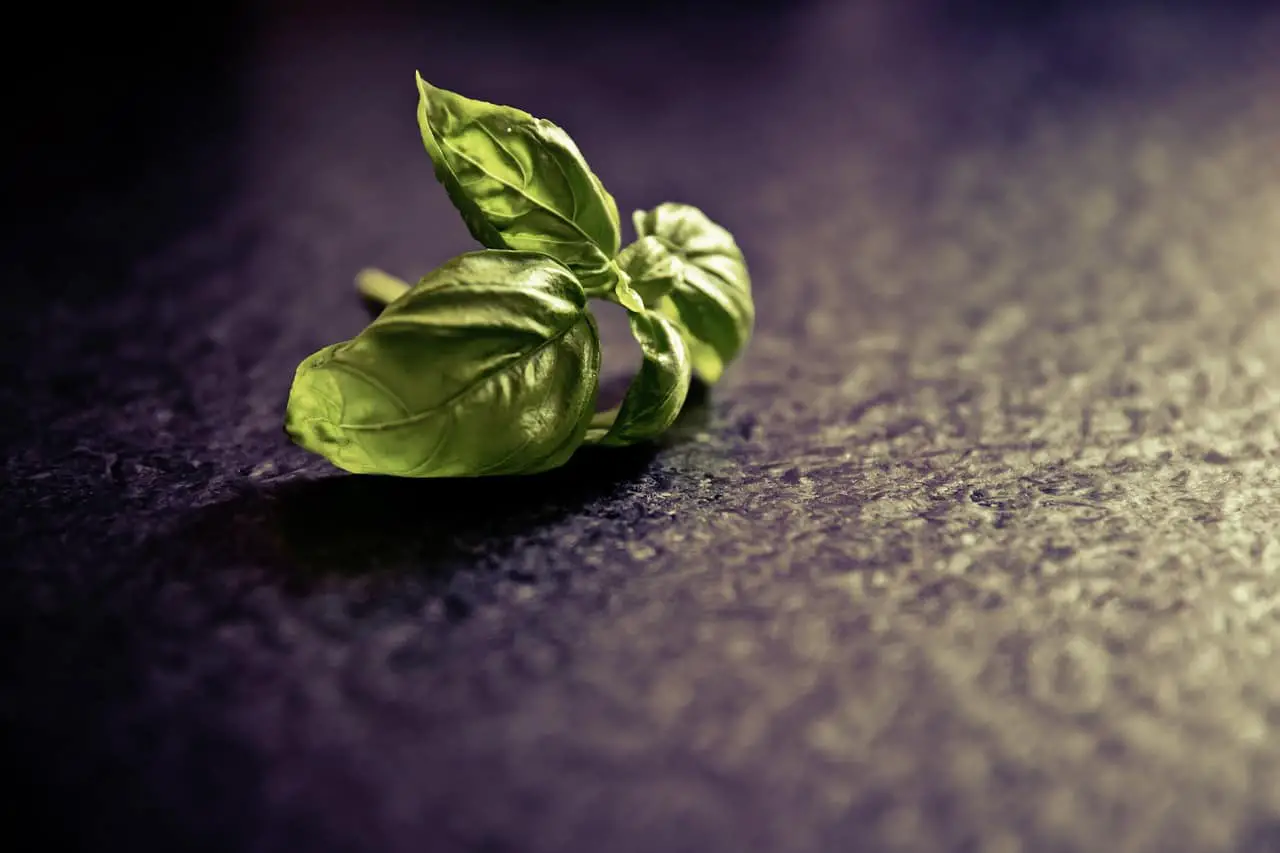
Basil is a warm-weather herb that thrives in temperatures between 70°F and 80°F (21°C-27°C). However, with the right preparation, it’s possible to grow basil indoors during the winter months. The best time to plant basil for winter depends on your location and the type of basil you want to grow.
Before You Get Started
Starting an indoor basil garden is simple and rewarding with the right materials. Begin with a premium organic soil mix, rich in nutrients to nourish your basil seeds without the immediate need for fertilizer. Choose high-quality genovese basil seeds, ensuring a steady supply of fresh herbs. Opt for 4-6″ pots, or better yet, self-watering containers like Pop-Out Pots for consistent soil moisture, promoting faster, healthier growth. Ensure your basil receives ample light, ideally from a south-facing window or a full-spectrum LED grow light, to mimic natural sunlight conditions. With these essentials, you’re set to grow lush, aromatic basil indoors.
Growing Basil Indoors In Winter
Growing basil indoors in winter is a great way to have fresh herbs available all year round. When growing basil indoors, it is important to choose a location that receives plenty of natural light, such as a windowsill that faces south or west. If you don’t have a sunny window, you can also use artificial grow lights to provide the necessary light for the plant. The ideal temperature for basil is between 60-70°F (15-21°C), so make sure to keep it away from any cold drafts or heating vents. It is also important to keep the soil moist, but not too wet, and to allow for proper drainage.
Planting Basil Seeds Indoors
Planting basil seeds indoors starts with selecting a high-quality seed mix and well-draining pots. Sow seeds lightly on the soil surface, covering them with a thin layer of soil. Position in a warm, sunny spot or under grow lights to ensure they receive 6-8 hours of light daily. Keep the soil consistently moist but not soggy. With the right warmth and light, seeds will germinate in 5-10 days, beginning your indoor basil garden.
How To Keep Basil Growing Indoors
For healthy indoor basil, provide 6-8 hours of sunlight daily, using a sunny spot or grow lights. Plant in well-draining soil and ensure pots have proper drainage. Water consistently, letting soil dry slightly between waterings. Maintain temperatures around 70°F. Prune regularly to promote bushiness and prevent bolting. Fertilize monthly with a diluted liquid fertilizer to nourish your basil, ensuring a steady supply of fresh, aromatic leaves for your culinary needs.
Potting Basil Plants
When potting basil plants, choose a container with drainage holes and fill it with well-draining, nutrient-rich soil. Ensure the pot is large enough to accommodate growth, promoting healthy root development and abundant leaf production for your culinary use.
Potting Soil & Drainage
For optimal basil growth, it’s crucial to use soil that retains moisture yet drains well. Enhance a premium potting mix by incorporating a handful of organic compost, enriching the soil with vital nutrients. Choose a pot equipped with ample drainage holes at the bottom to ensure excess water can escape, preventing the soil from becoming overly saturated or waterlogged.
Potting And Repotting Basil
When basil seedlings sprout in a starter tray, move them to a 4-inch pot combining potting mix and compost. Basil typically completes its life cycle within a year, negating the need for repotting. Yet, should roots crowd the pot or emerge from drainage holes, it’s time to repot the plant into a bigger pot with new potting mix.
Cold Hardy Basil Varieties
Basil is generally speaking not a fan of cold temperatures, but there are some varieties below here that tend to be a bit more hardy than the common sweet basil or holy basil for example. However, don’t expect to see any large harvest if the temperatures remain cold for a long time.
- Spicy Globe Basil: Compact and bushy, ideal for containers, with a spicy flavor.
- Purple Ruffles Basil: Dark purple, ruffled leaves, offering visual appeal and a mild, sweet flavor.
- Greek Basil: Small leaves, tight growth habit, highly aromatic, resilient in cooler climates.
- Lemon Basil: Citrus-scented leaves, cold-tolerant, versatile in culinary uses, adding a lemony twist.

Caring For Basil Indoors
Caring for basil indoors involves providing ample sunlight, at least 6-8 hours daily, either from a sunny windowsill or grow lights. Plant in well-draining soil within pots that facilitate proper drainage to prevent waterlogging. Keep the soil consistently moist, allowing the top layer to dry slightly between waterings. Maintain indoor temperatures around 70°F for optimal growth. Regular pruning not only promotes a bushier plant but also prevents flowering, ensuring a continuous supply of fresh, aromatic leaves for your culinary creations.
FAQ
Does Basil Die In Winter
Basil is a warm-weather herb that thrives in temperatures between 70 and 90 degrees Fahrenheit. It does not tolerate frost or extremely cold temperatures, and exposure to freezing temperatures will kill basil plants. As a result, basil is often grown as an annual plant in regions where temperatures drop below freezing during the winter months.
How Cold is Too Cold for Basil?
Basil plants are not tolerant of frost and cannot survive temperatures below 40°F (4°C) for an extended period. Temperatures below 50°F (10°C) can cause damage to the leaves and slow down growth. It’s important to monitor the temperature and take steps to protect your basil plants when the temperature drops.

